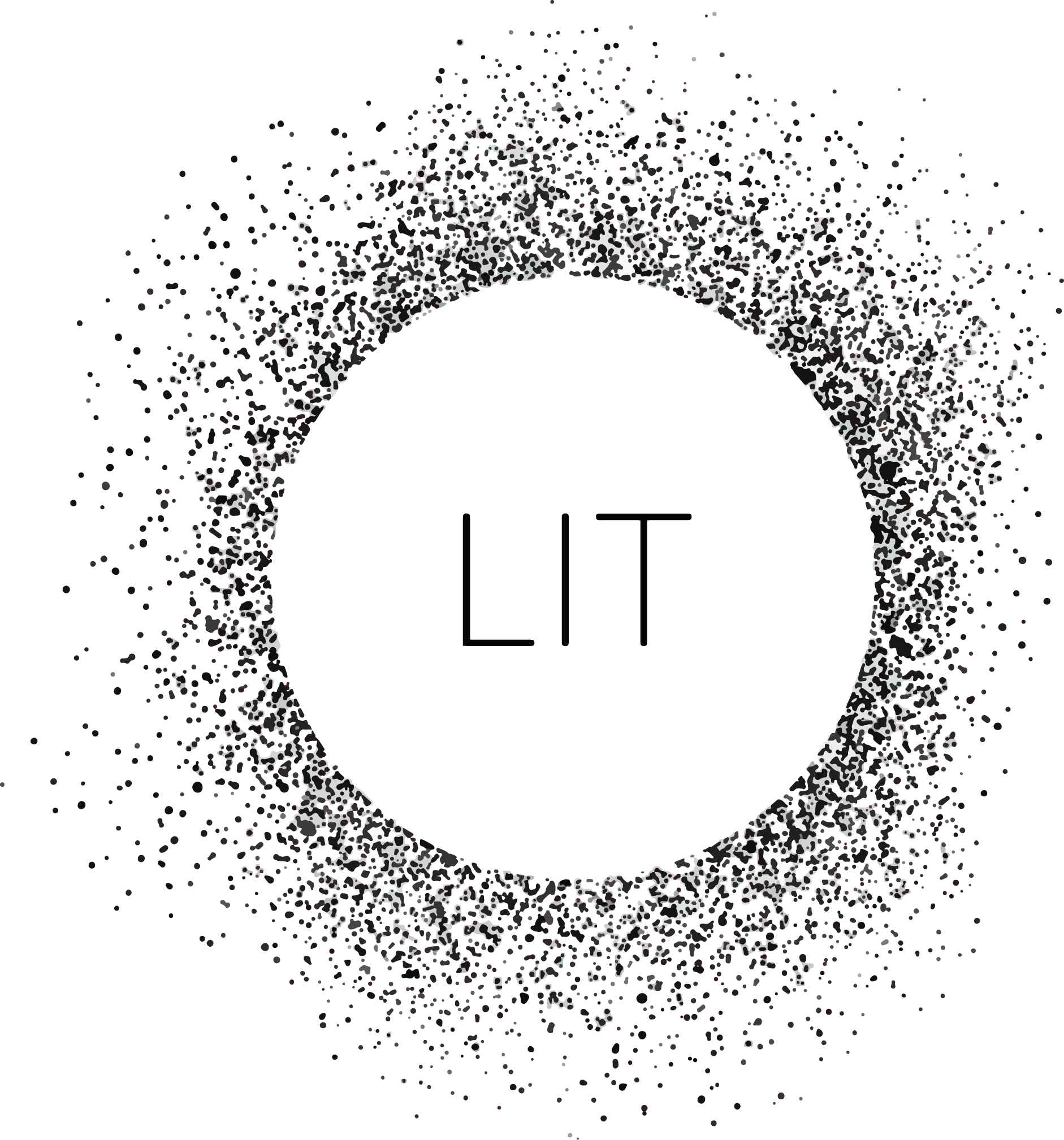Why optogenetics?

Optogenetics refers to the usage of biological light switches for the regulatory control of cellular functions. Since light can be controlled easily in space, time and intensity, this enables a tight spatiotemporal control of gene expression. Biological light switches can also form logic gates, allowing for the design of complex gene circuits where wavelengths can affect different stages.

Examples of natural or engineered light switches include light-activated channels & pumps, proteins that undergo light-dependent changes in oligomeric interactions, proteins subject to light-dependent allosteric control, light-responsive non-natural amino acids and photocleavable proteins.

Despite the variety and usefulness of optogenetic tools, the synthetic biology community has not adopted them widely.
Challenges in optogenetics & the solution
We addressed 2 issues with biological light switches: low popularity due to sparse applications and a lack of standardisation. Both challenges were ideal for our iGEM project, through which we showcased the usefulness of light control in 3 distinct applications and standardised 3 biological light switches to be used by future iGEM teams.
We developed three distinct applications for biological light switches to show their potential in the scientific community. In contrast to current mechanical and chemical stimuli, our light based strategies allow for the precise spatiotemporal and noninvasive control of complex gene circuits.
Barchitecture
We are engineering bacterial cells that can be directed by light to form physical structures out of biodegradable plastic. Bacteria form strong covalent bonds instantly upon light exposure, which guides the formation of 3D structures. Then, the same cells produce biopolymer granules and secrete them to be cross-linked into a solid shape. We chose to focus on designing and testing the light-induced cell aggregation system and polymer production.
What we achieved
- Designed transcriptional and post-translational light switches for cell adhesion
- Performed experiments to test blue-light transcriptional activation
- Modelled the expression of adhesion proteins on E. coli cell surface
- Modelled cell adhesion with a cellular automaton for better visualisation
Tissue Engineering
We also used these light switches to design a guidance system for mammalian tissue engineering. Our focus is on 2 parts: structure formation, for which we developed a photosensitive form of the cell adhesion protein E-cadherin; and specific gene activation, for which we introduce a dCas9-TF system that upon light exposure activates genes of interest. To achieve a 3-dimensional tissue, we propose that a modified multi-photon microscope can make photoactivation specific to the desired outcomes.
What we achieved
- Designed BioBricks and experiments for a photosensitive cell adhesion and a gene activation system in mammalian cells
- Performed experiments to test cell aggregation for pattern formation
- Modelled the activation of genes of interest with a dCas9-TF after photoactivation
Bacterial light bulb
We designed a bacterial light-bulb to provide an environmentally-friendly alternative to traditional illumination sources. We are incorporating a photosensitive protein (EL222) and a blue-light repressible promoter (Pblrep) to regulate the bioluminescence of E. coli in response to external sunlight levels. Additionally, engineered photosynthetic cyanobacteria, Synechococcus elongatus PCC 7942, will produce and secrete sucrose using heterologous sucrose transporters to feed our recombinant E. Coli for their long-term survival.
What we achieved
- Designed gene circuits for light-repressible transcription of bioluminescence
- Modelled the optimal dimensions of the light bulb to maximise bioluminescence (160watts)
- 3D printed a prototype for the bulb after integrating designs from artists


